The infrastructure barriers to building your own next-generation apps
Traditional database architecture is creating obstacles to the development of next-gen apps. Moving to cloud-based, open source DBaaS removes them


Bespoke, data-rich and highly available applications are at the heart of the next wave of digital transformation. These applications will be key in giving enterprises a deeper understanding of their customers and their needs and helping them to build new digital experiences to engage those customers with.
They could provide real-time visibility and analytics across their business. Yet development of these applications is being hampered by issues relating to the provisioning and management of data architecture – in particular, the traditional data architecture being run from on-premises servers. Legacy database technology is holding innovation back.
Why is this? The fundamental reason is that traditional, SQL-based databases and the architecture they run on were designed to support the needs of very different applications, built for industries and markets that didn’t involve the same quantities of data or operate at today’s speeds. Traditional on-premises data architecture is slow to provision and slow to scale, which is a problem when you need to be able to scale upwards rapidly to meet peaks of demand or scale down to keep costs and complexity under control.
Enterprises are already handling larger volumes of data, and those volumes threaten to get larger still. IDC’s StorageSphere Forecast 2021-2025 predicted that worldwide data storage capacity would grow from 6.7 zettabytes in 2020 to 16.1 in 2025, meaning an increase of 240% in the infrastructure and services required to store and manage it. On the level of the individual enterprise, that means more servers and infrastructure to manage, as well as a wider range of different architectures to cover different applications and requirements. Server sprawl is becoming a serious issue.
This in turn demands even more of database administrators (DBAs), which is an issue when there’s a growing skills shortage in the field. A 2021 report by EFG Research puts DBAs within the top 10 most common IT roles facing shortages. The UK government’s May 2021 paper, Quantifying the UK Data Skills Gap, puts database management as the seventh most in-need skill for UK businesses. The growing complexity of the role is only exacerbating the shortages. As a recent article for Global Banking and Finance Review puts it, “It is common that database professionals have been tasked with developing a working knowledge of multiple database systems, but they might not know each of them well enough to be considered an expert, and that’s what is needed.”
DBAs are also having to contend with the growing challenges of database security in environments where instant, high-speed availability is crucial, and where more advanced applications in AI, analytics and machine learning need to handle complex datasets in real time. Ransomware threats are on the rise, while many organisations are struggling to build a robust data retention strategy. Overall, traditional architectures are proving difficult to manage and secure, while actively slowing down enterprises’ path to insight. Is it any wonder that many enterprises are looking for a smarter way to work?
As with so many IT challenges, the answer lies in the cloud. Back in 2019, Gartner predicted that, by 2022, 75% of all databases will be deployed or migrated to a cloud platform, and that only 5% of these would ever be considered for repatriation to on-premises hardware. Flexera’s 2022 State of the Cloud report shows data warehousing, relational database-as-a-service (DBaaS) and NoSQL DBaaS making up three of the four most used platform-as-a-service (PaaS) cloud services. What’s more, open source technologies are taking off. Gartner has also predicted that 70% of new in-house applications will be developed on an open source database management system (OSBDMS) or OSDBMS-based database-platform-as-a-service (dbPaaS).
Next gen apps need a modern architecture
These open source technologies and cloud-based database platforms are a better fit for this new generation of applications. MongoDB is built for high-speed analytics and innovation. You can spin up new applications and services without wasting precious time configuring and tuning the architecture. MySQL is fast, scalable, highly customisable and cost-effective. As an object-relational database system, PostgreSQL has powerful features that increase its flexibility and make it easier to organise and model data with a higher level of consistency. Meanwhile, Redis and Apache Kafka are ideal for caching and streaming data securely, at high speeds, for real-time applications, while OpenSearch provides fast access, analytics and search with integrated visualisation tools.
What these platforms all have in common is that they’re highly scalable, both up and down, and that they enable innovation, with rapid deployment, high security and high availability. What’s more, as they’re open source, there’s no vendor lock-in. While switching from one platform to another is never trivial, the architectural features and available tools actively support it.
Yet simply moving to a modern, cloud-based database architecture is no silver bullet; DBAs and IT teams still face challenges in managing and securing them, particularly with multiple systems in place, working with existing, traditional architecture within a hybrid estate. That’s why it makes sense to work with off-the-shelf and custom DBaaS solutions from a provider such as OVHcloud. OVHcloud Managed DBaaS solutions give you instant provisioning across an infrastructure designed for modern data architectures, with scalability, security and high availability built-in. The platforms are true open-source, with no vendor lock-in, and offer a market-leading, highly cost-efficient price/performance ratio, with transparent, predictable pricing.
Perhaps most importantly, there’s no need for any time-consuming infrastructure management, meaning DBAs and IT teams can spend less time and manpower just maintaining back-end operations, and more time delivering solutions that add value. OVHcloud manages all logs and metrics, backups, database management system (DBMS) installations and updates, not to mention operating system installations and updates. OVHcloud handles all the hardware and server maintenance, and is responsible for delivering availability, power and network access according to the terms of the SLA. Everything is in place to spin up new nodes – or spin them down – within minutes rather than days. OVHcloud has been one of Europe’s leading cloud and infrastructure providers since 1999, enterprises can be confident that they won’t run into CLOUD Act issues, establish data sovereignty and feel assured that they’re working with a company they can trust.
If the next stage of digital transformation depends on a company's abilities to develop and operate custom-built, data-rich apps, OVHcloud is working to support them, through DBaaS platforms that are agile, scalable and based on managed infrastructure. That gives enterprises the freedom to grow and move rapidly, and build the products, tools and services their customers’ demand.
Get the ITPro daily newsletter
Sign up today and you will receive a free copy of our Future Focus 2025 report - the leading guidance on AI, cybersecurity and other IT challenges as per 700+ senior executives

Ross Kelly is ITPro's News & Analysis Editor, responsible for leading the brand's news output and in-depth reporting on the latest stories from across the business technology landscape. Ross was previously a Staff Writer, during which time he developed a keen interest in cyber security, business leadership, and emerging technologies.
He graduated from Edinburgh Napier University in 2016 with a BA (Hons) in Journalism, and joined ITPro in 2022 after four years working in technology conference research.
For news pitches, you can contact Ross at ross.kelly@futurenet.com, or on Twitter and LinkedIn.
-
 M&S suspends online sales as 'cyber incident' continues
M&S suspends online sales as 'cyber incident' continuesNews Marks & Spencer (M&S) has informed customers that all online and app sales have been suspended as the high street retailer battles a ‘cyber incident’.
By Ross Kelly
-
 Manners cost nothing, unless you’re using ChatGPT
Manners cost nothing, unless you’re using ChatGPTOpinion Polite users are costing OpenAI millions of dollars each year – but Ps and Qs are a small dent in what ChatGPT could cost the planet
By Ross Kelly
-
 Datadog Database Monitoring extends to SQL Server and Azure database platforms
Datadog Database Monitoring extends to SQL Server and Azure database platformsNews The tool offers increased visibility into query-level metrics and detailed explanation plans
By Praharsha Anand
-
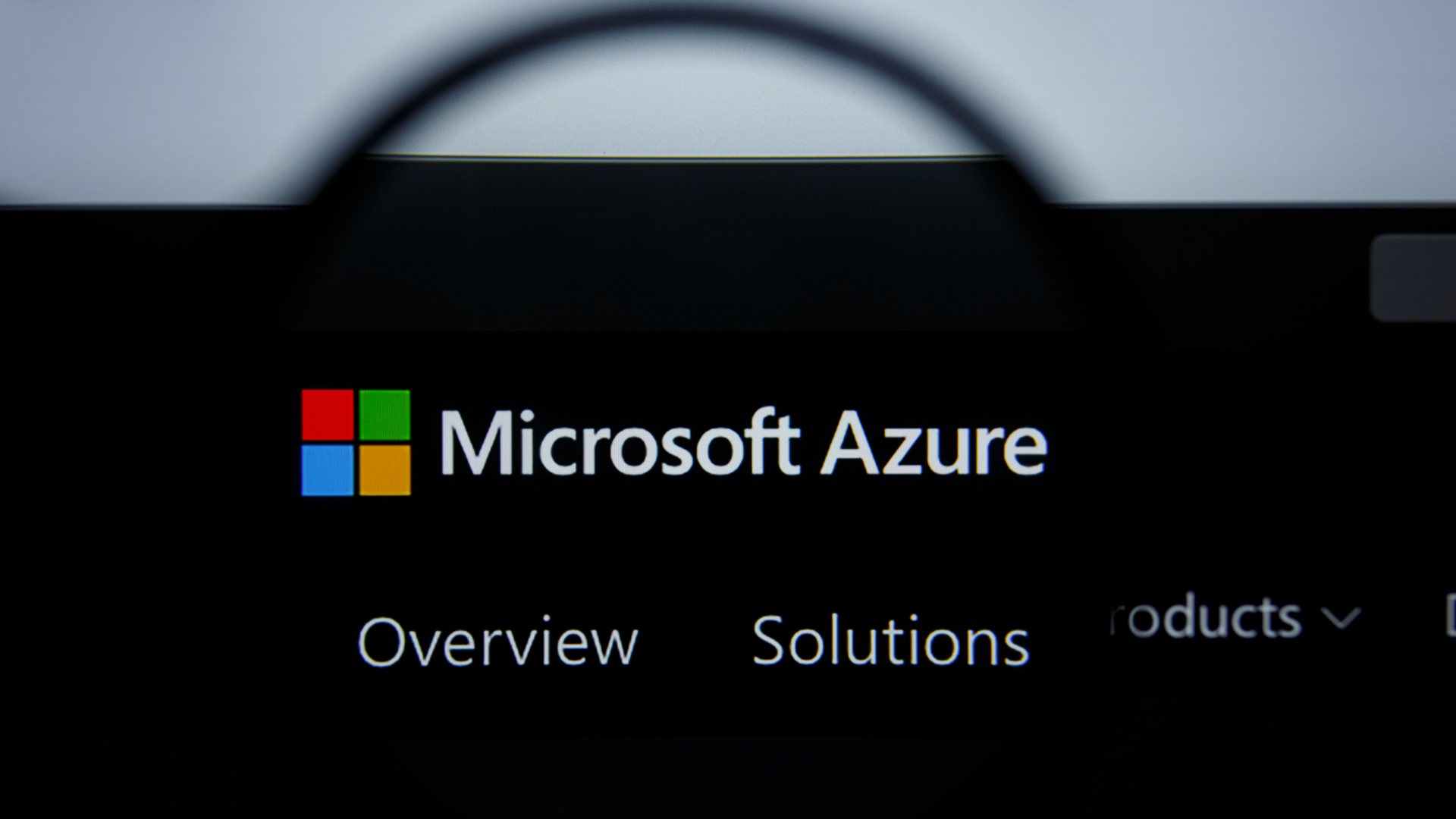 Oracle and Microsoft announce Oracle Database Service for Azure
Oracle and Microsoft announce Oracle Database Service for AzureNews Azure users can now easily provision, access, and monitor enterprise-grade Oracle Database services in Oracle Cloud Infrastructure
By Daniel Todd
-
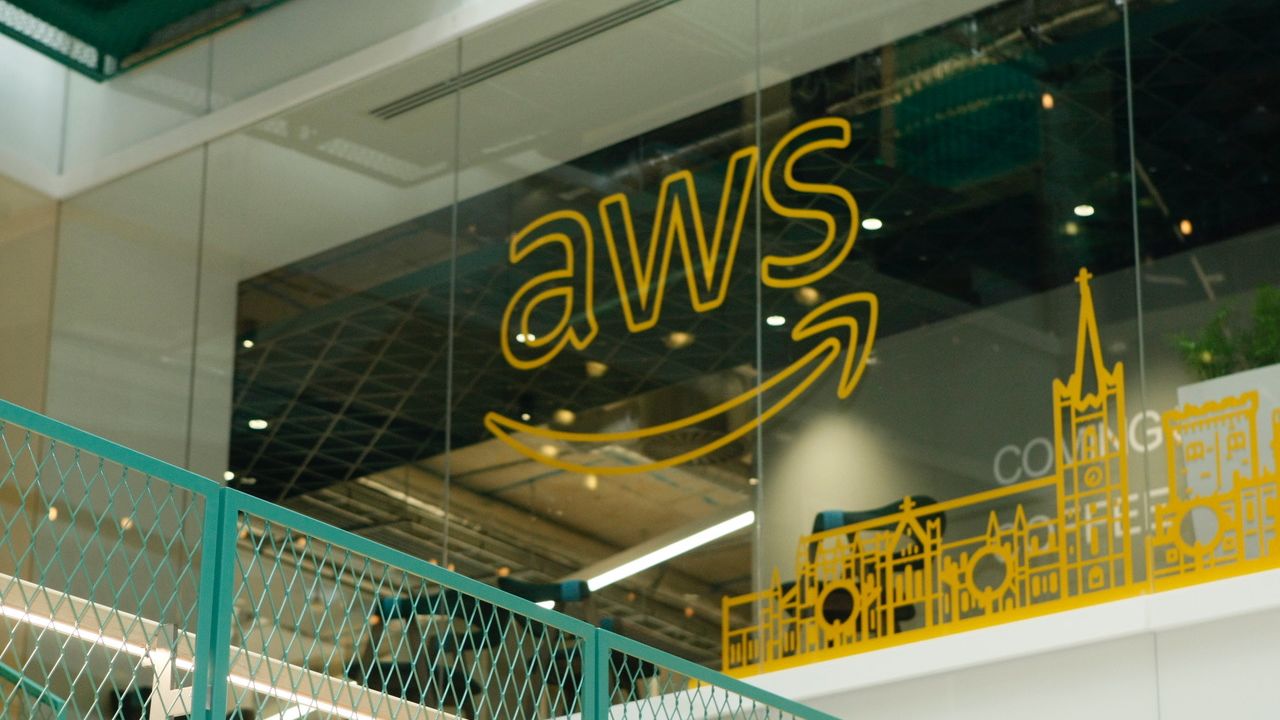 Elastic expands cloud collaboration with AWS
Elastic expands cloud collaboration with AWSNews Partnership aims to ease migration to Elastic Cloud on AWS, as well as simplify onboarding and drive go-to-market initiatives
By Daniel Todd
-
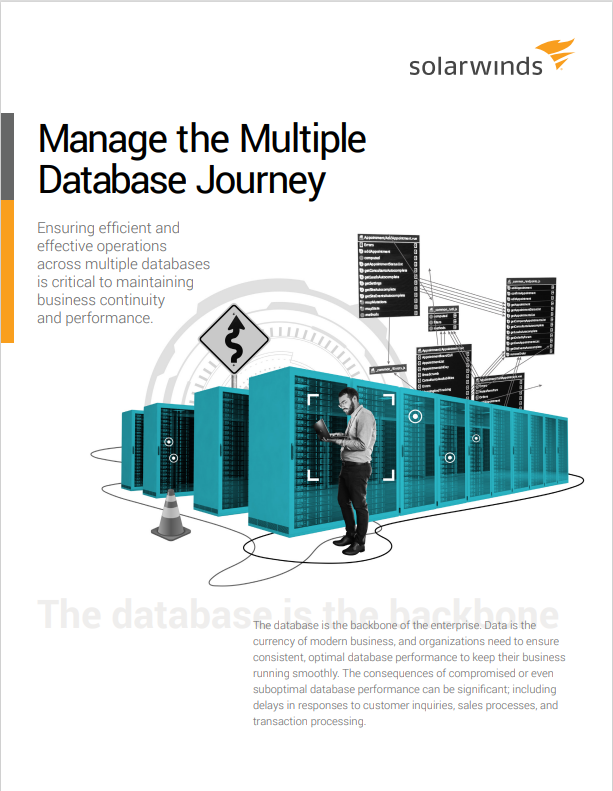 Manage the multiple database journey
Manage the multiple database journeyWhitepaper Ensuring efficient and effective operations across multiple databases
By ITPro
-
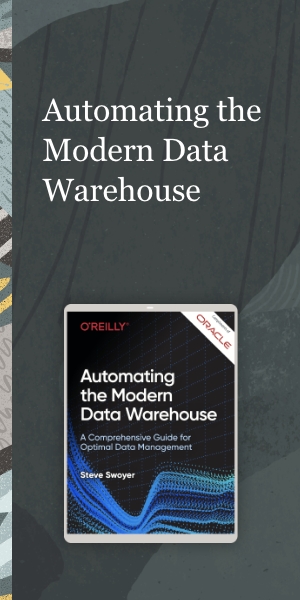 Automating the modern data warehouse
Automating the modern data warehouseWhitepaper Freedom from constraints on your data
By ITPro
-
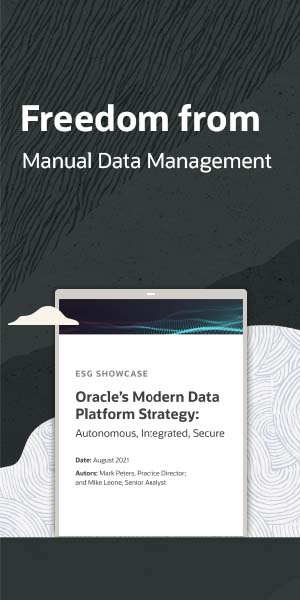 Freedom from manual data management
Freedom from manual data managementWhitepaper Build a data-driven future with Oracle
By ITPro
-
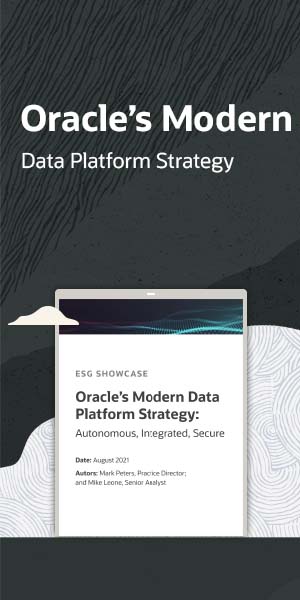 Oracle’s modern data platform strategy
Oracle’s modern data platform strategyWhitepaper Freedom from manual data management
By ITPro
-
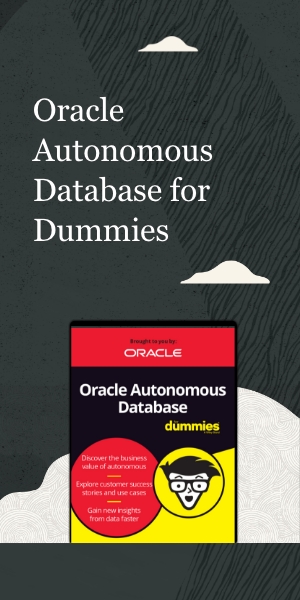 Oracle autonomous database for dummies
Oracle autonomous database for dummiesWhitepaper Freedom from mundane, manual database management
By ITPro